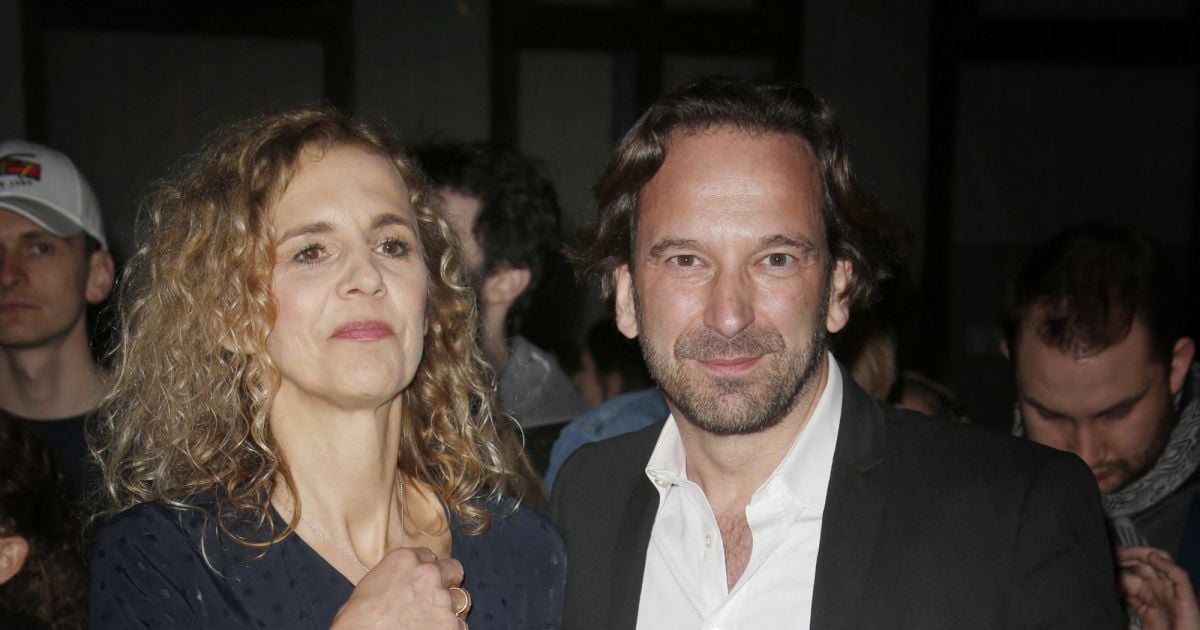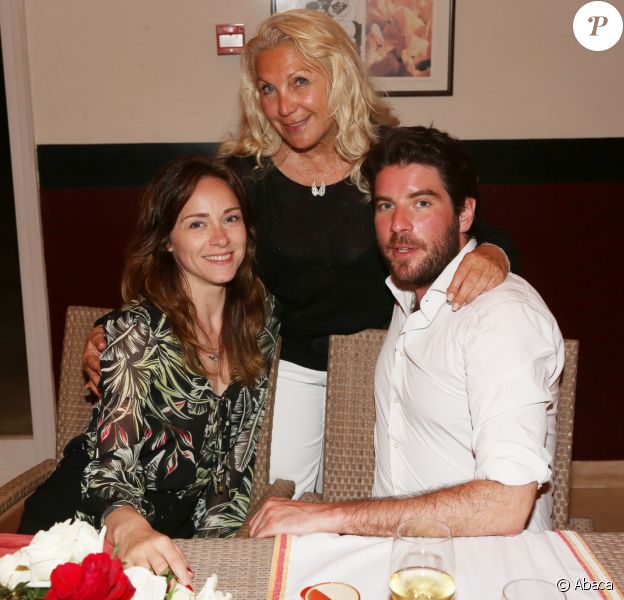

While Anthony Perkins and Sylvana Mangano play characters based on Duras and her brother in Clement’s version, their emotional conflict doesn’t go so far as incest, which is frankly discussed in Agatha. He appears with Bulle Ogier in Agatha et les lectures illimitées her 1981 reworking of elements that first appeared in her early biographical novel Un barrage contre le Pacifique (aka The Sea Wall), filmed by René Clément as This Angry Age in 1957. Duras’s own interest in Andrea quickly became an obsession. His account of this, in a 1983 book entitled M.D., was met with some degree of critical interest. A fan of India Song, Andrea entered Duras’s world in 1980 when he helped her through a “rest cure” designed to stem her alcoholism. ‘Duras had no hope of replacing “real movies” with her conditionally tensed ones, but she went on making her sui generis works anyway-aided by a curious “real-life” character named Yann Andrea. Stein, the most crucial work of her entire oeuvre.

But it does so, and by explicit intention: Duras described her text as “a book that could either be read or acted or filmed or, I always add, simply thrown away.” The key word in this is “book,” as literature is always primary for Duras-even in the midst of the seemingly resolutely “cinematic.” It’s not by accident that Lonsdale-soon to emerge as a key Duras interpreter-plays a character called “Stein.” His name is derived from Duras’s novel The Ravishing of Lol V. Low-key in tone, it does not seem like the sort of “art film” designed to break new ground. ‘ Destroy, She Said unfolds in the garden of a country hotel adjoining a forest that threatens the soigné guests (Michael Lonsdale, Henri Garcin, Nicole Hiss, Catherine Sellers) in some strange, difficult-to-define way comparable to to the “something” that so unsettles the upper-crust swells in Edward Albee’s A Delicate Balance. For while Hiroshima Mon Amour, the screenplay she wrote for Alain Resnais to direct, became an international success in 1960 (and remains a touchstone of “art cinema” to this day), the films she subsequently created on her own, beginning in 1969 with Destroy, She Said, have been alas, for the happy few.

‘ The Marguerite Duras retrospective at the Film Society of Lincoln Center this month-18 years after the celebrated auteur’s death-presents an ideal opportunity to contemplate her place in the history of cinema.

From Intense Vocalization: Marguerite Duras


 0 kommentar(er)
0 kommentar(er)
